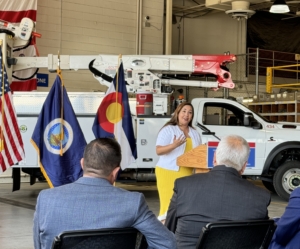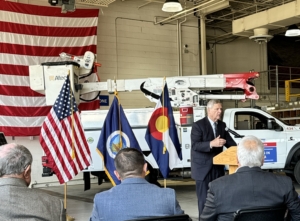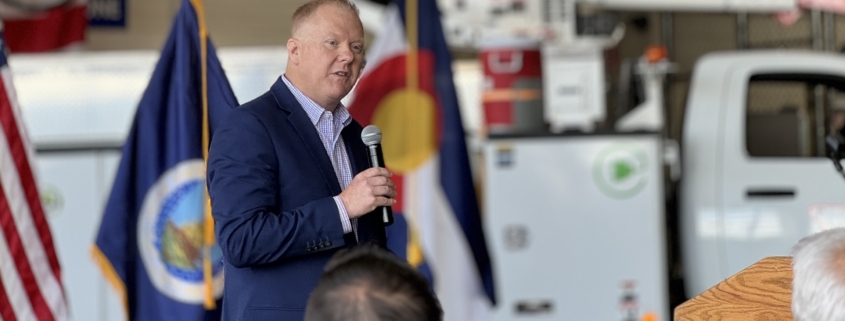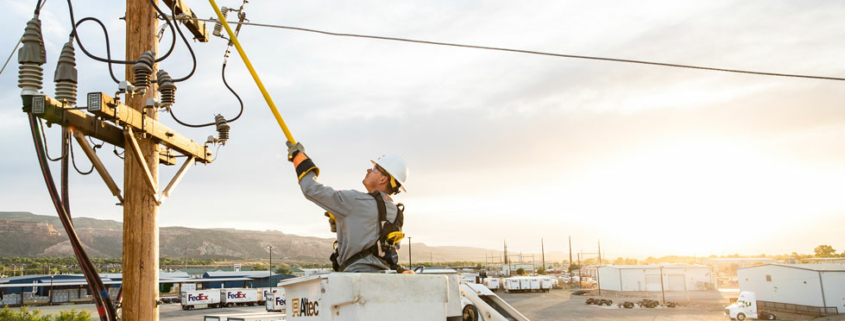USDA announces funding for Solar-Storage projects
Department of Agriculture Secretary Tom Vilsack, U.S. Representative Yadira Caraveo (CO-8), and Colorado Agriculture Commissioner Kate Greenberg held a press conference June 17 in Fort Collins to discuss efforts to create additional income opportunities for producers and entrepreneurs by building more, new, and better markets; providing more options for consumers to buy healthy, locally produced products; investing in infrastructure and creating new jobs; and strengthening local and regional supply chains in Colorado and across the country.
Secretary Vilsack spoke about the Powering Affordable Clean Energy program, which is funded through the Inflation Reduction Act. Inflation Reduction Act investments provided the single largest investment in rural electrification since the Rural Electrification Act of 1936. IRA investments include significant incentives to:
- lower energy costs for rural communities and businesses;
- protect the environment;
- reduce pollution through clean energy;
- create jobs and spur economic growth.
The press conference -— held at Poudre Valley REA’s headquarters — also included the announcement that PVREA will receive $9 million to create solar energy battery storage capacity.
“We see your efforts, and we’re making sure to bring public investment to help you achieve your goals on behalf of the people in Northern Colorado,” U.S. Representative Yadira Caraveo told PVREA and other attendees at the announcement.
PACE programs are designed to create an opportunity where wealth can be created within a rural community and stay within that rural community. Secretary Vilsack said Colorado understands the value of these programs and, as a result, is attracting significant investments from the USDA.
Vilsack also expressed appreciation to Poudre Valley REA. “There is an attitude here, at this rural electric association, an attitude of trying to be one step ahead … to continue to provide the safe, affordable, and reliable electricity that your customer base depends on,” he said. “As a result of that, you’ve seen rather significant expansion of opportunity over the 85 years that you’ve been in existence. You’re continuing that today, and USDA wants to be a part of it.”

Representative Yadira Caraveo speaks at the funding announcement at PVREA’s headquarters in Fort Collins in June. Photo by Kylee Coleman.
Secretary Vilsack also announced that Montrose-based Delta-Montrose Electric Association received funding for creating a photovoltaic system to produce additional electricity and to reduce emissions with the electricity it currently provides to its co-op members.
It is estimated this project will reduce emissions by about 10%.
“This is about more affordable electricity that can help spur and spawn opportunity, in the service area,” Vilsack said. “This is about lower energy costs at the end of the day, because as [electric co-ops] receive assistance from the federal government, [they] obviously don’t have to burden the rate payers with this.”

USDA Secretary Tom Vilsack speaks about the PACE program at Poudre Valley REA June 17. Photo by Kylee Coleman.

 2024
2024
 2023
2023 2023
2023